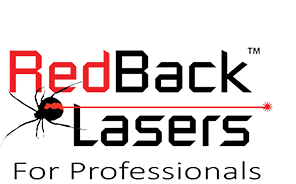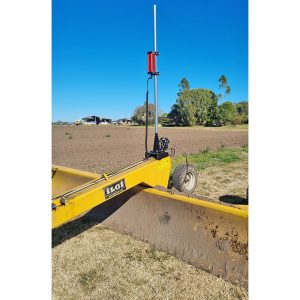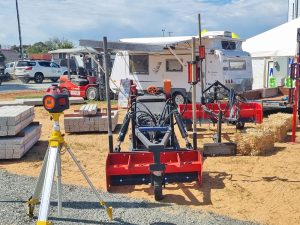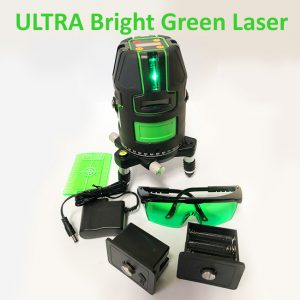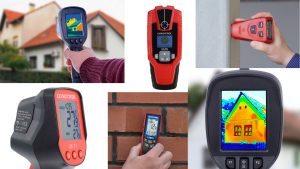No products in the cart.
Return To ShopA Guide to Charging Batteries
Charging Batteries
There are a number of different battery types available for laser levels these days. The following is a guide on the pro’s and con’s of each type. Also some advice on how to get the most out of them.
Some levelers can only operate on standard (use once) type batteries. This is generally the case with smaller internal dot and line lasers but also some lower cost rotary lasers. Note that some of the higher quality trade lasers have a standard battery option as well as a rechargeable pack. This is handy if you on site and someone forgot to charge it up the night before and you need to finish a job.
Recently even some major well trusted brands have been selling rotating lasers with no rechargeable batteries as standard to keep their prices competitive. If after buying you decide you need to purchase the batteries and charger they can cast far more than you would think. So when comparing different brands see what you are getting in the price so you can make a more informed decision.
Laser devices draw a fair amount of power so it is well advised to use a high quality “Alkaline” battery such as Duracell or Energiser. Do not be tempted to use a low cost Heavy Duty or Super Heavy duty battery, they will discharge pretty quickly, the best value for money are the alkaline, they cost a little more but last much, much longer.
Rechargeable batteries and charging them
Ten years ago rechargeable batteries in Laser levelling devices where Ni-Cd. These had relatively pretty poor performance in holding charge and you needed a fairly bulky pack to do the job. Ni-Cd’s also liked to be completely discharged before recharging and could over time hold less and less charge. These days most rechargeable batteries in construction lasers are Ni-mh. These hold more charge with less bulk compared to the Ni-Cd. They also suffer less from losing performance if not allowed to completely discharge before charging up once more. It is still advised, from time to time, to completely discharge to help maintain the condition of the battery.
There are a few lasers on the market now with Li-ion rechargeable batteries for example RedBack Lasers DGL1010VS, DGL1010GM and DGL2510Q. Li-Ion are the batteries used in modern smart phones and laptops and can provide a large storage capacity for a small physical size. These batteries also suffer very little loss of performance due to irregular charging. In fact recent research suggest they work best when charged between 20% and 80%.
Rechargeable batteries of whatever type do not last forever. So, for a laser level that is used regularly, I would expect to get three to five years of service. Checking the cost of a replacement pack when purchasing your laser in the first place is a good idea.
Water Damage
Batteries of all types do not like getting wet. If water does get into the battery compartment it is well worth taking the batteries out and drying them off. Another thing to keep in mind is, if you are not going to be using you device for some time (a week or more), to remove batteries out of the battery compartment as they may leak. I have seen a number of laser levels ruined because a battery has leaked and caused corrosion within the device.
One final point is about battery chargers. I cannot stress enough the importance of using the correct charger with your laser level. To start with many chargers are NOT just a power adapter or transformer. They may have charging circuitry built into them specific to the model of laser. Without this circuitry it could overload and overheat the rechargeable battery pack. Also using the wrong voltage or polarity can have a similar effect. So, if you are in any doubt contact the laser supplier for advice before trying a non-original charging unit.
